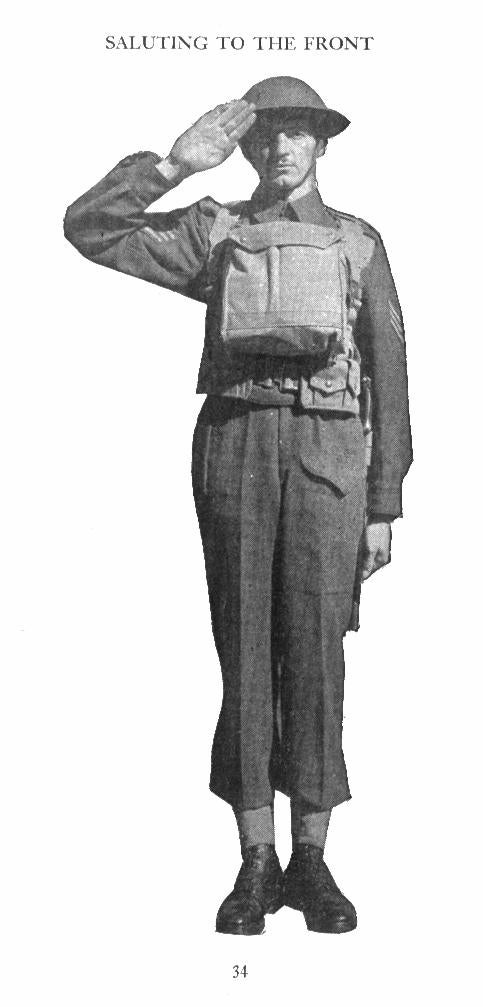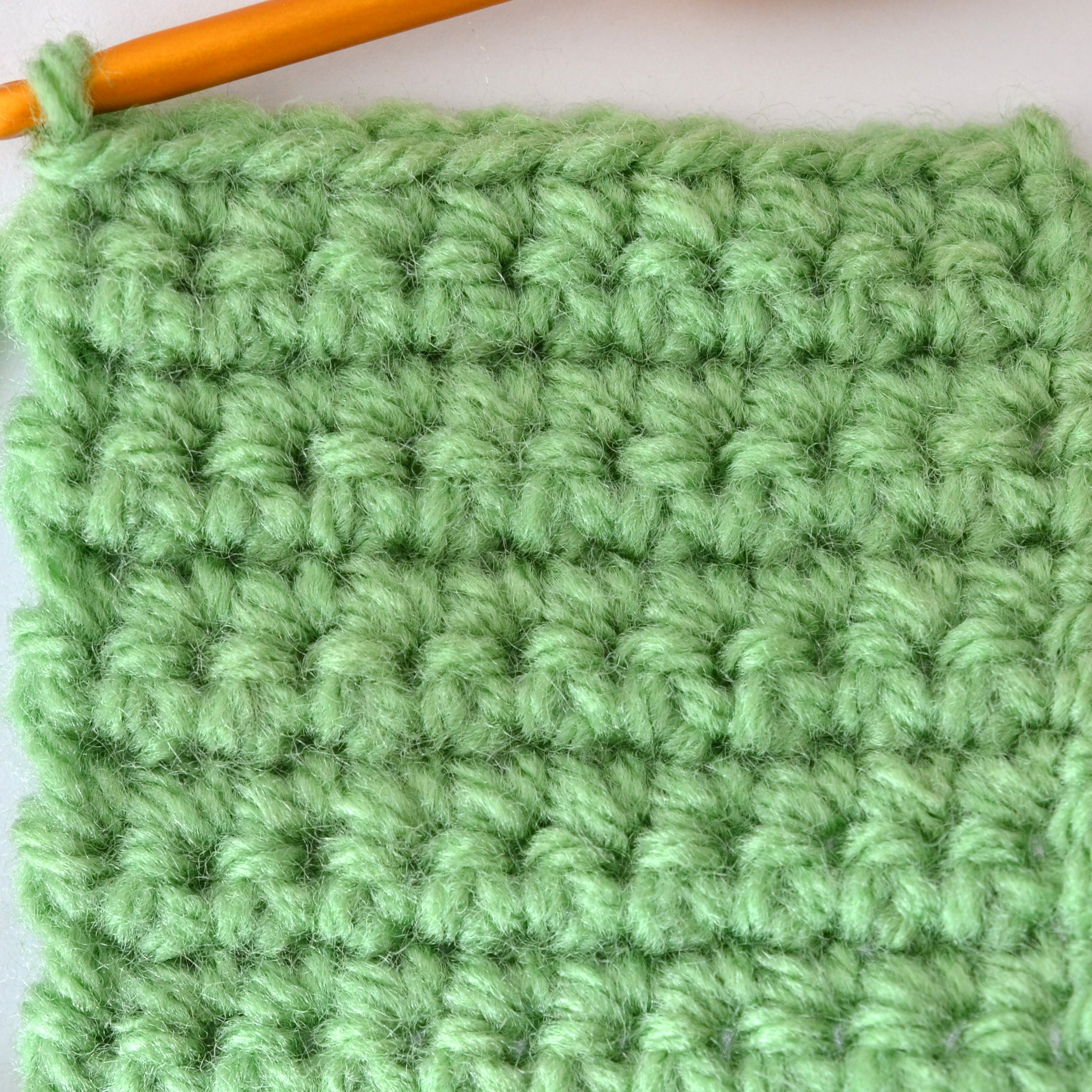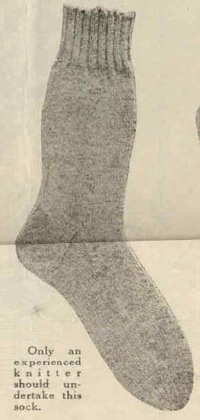Home | Textual Glossary | Design Hub | Rehearsal Blog | Artistic Influences | Ask the Dramaturgs | Sounds in Unity
Something missing from the Hub?
Is there some research you need to illuminate your character?
Do you have any questions about the production or the period?
This page will be maintained throughout the rehearsal period, and any questions asked will be answered and posted here.
E-mail the Dramaturgy Team:
To contact the Dramaturgy Team click here
We will endeavour to have all questions addressed and posted within 24 hours.
Questions Asked and Answered
November 3, 2015
Q: What is the standard size for telegrams and envelopes (for telegrams)?
The standard size for telegrams was 8 inches wide by 6.5 inches high. They could then be folded down to fit in early window envelopes or standard 6 3/4 envelopes.
Q: Would there be handwritten telegrams or typed in Unity during 1918?
Yes, both types of telegrams were available. People could either call in a telegram that would then be typed out and tacked on to their monthly phone bill, like sending a text. Or they could go in person and have a telegram written in long hand.
Q: What type of paper did they use?
Yellow or newsprint paper was commonly used to save on the cost of manufacturing.
OCTOBER 24, 2015
Q: What Bible passage is being read in Act 2, Scene 9 by Sissy?
"And behold a pale horse, and he that sat upon him, his name was death and hell followed him. And power was given to him over the four parts of the earth, to kil with sword, with famine and with death, and with the beasts of the earth!"
This section is an excerpt from the Book of Revelation, chapter 6, verse 8. The Book of Revelation is the last book of the New Testament and is also known as the Apocalypse (derived from the Latin apocalypsis meaning "uncover").
OCTOBER 17, 2015
Q: Abbi Longmire would like to inquire about the pronunciation for several words in this line, found in Act 2, Scene 13, Page 97: “See this? It’s coming for sure…”
Please see the following links for the pronunciation of the words Poincare, Czar and Mikado
OCTOBER 15, 2015
Q: Hi, I was wondering how many churches Unity had, and what denomination it/they were? Was Christianity/Catholicism a huge part of the culture?
Nivan
A: Today in Unity, Saskatchewan there are 5 religious denominations: Anglican, Baptist, Roman Catholic, Lutheran, United Church.
There are 4 churches in Unity.
In 1918 the denominations would undoubtedly be similar with the inclusion of Ukranian Orthodox.
OCTOBER 11, 2015
Q: Hey dramaturgs!
Rather a gory question, but what would happen to the body as one was reaching ‘the end’ of the flu? As in, what symptoms would manifest as one died of the flu? I understand that the lungs would fill up with reddish fluid and you would basically die drowning in your own blood, but what else came just before the end? This would be wonderful help for Mary’s death. Thanks!
Jackie
A: In the final stages of the Spanish Flu the symptoms that most often killed people were the same as pneumonia. Depending on the severity of the flu, your body would show signs of different streams of pneumonia, viral or bacterial based.
Pneumonia Symptoms, Causes, and Risk Factors
The symptoms for pneumonia include:
· Cough ( you may cough up green, yellow, or even bloody mucus)
· Fever
· Shaking chills
· Shortness of breath
· Sharp or stabbing chest pain that gets worse when you breathe deeply or cough
· Headache
· Excessive sweating and clammy skin
· Loss of appetite, low energy, and fatigue
Symptoms also can vary, depending on whether your pneumonia is bacterial or viral.
· In bacterial pneumonia, your temperature may rise as high as 105 degrees F. This pneumonia causes profuse sweating, and rapidly increased breathing and pulse rate. Lips and nailbeds may have a bluish color due to lack of oxygen in the blood. A patient's mental state may be confused or delirious.
OCTOBER 6, 2015
Q: What were some other medals awarded during WWI?
Veteran Affairs Canada has a very descriptive page on their website dedicated to medals awarded to Canadian troops, check it out here.
SEPTEMBER 30, 2015
Q: How much would $25 in 1918 be in current CAD?
Approximately $345, according to the inflation calculator on the Bank of Canada website.
Q: How far was Rosetown from Unity?
Approximately 1hr 34m by car.
SEPTEMBER 28, 2015
Q: What was the proper salute of the Canadian forces in World War I?

In order to perform a proper salute one should be standing at attention, as straight as possible with both hands at their sides. They then raise their hand toward their face up from the side, salute with their palm out and the tip of the fingers about 1”to the right of their right eye, then return their hand down to their side. The British navy’s salute is actually slightly different, with the palm facing downward with a slight angle inward.
You can check out some demonstrations here:
- https://youtu.be/Znb11Vq8yGY?si=UINOivDk5oKctruF British Army Salute
- https://youtu.be/iYn22JOHIFw?si=DpkJGnb9AQZEBF-0 British Navy Salute
- https://www.veterans.gc.ca/eng/video-gallery/video/8082 A demonstration and history about the current Canadian salute (different from the salute of 1918)
Q: What age restrictions were there regarding enlisting and conscription during World War I?
The legal enlistment age was 18: most soldiers were between 18 and 45, while the average was 26 years of age. Many young men lied on their applications; the youngest person serving was 10.
All males between the ages of 18 and 60 who were unmarried and without children were eligible for conscription. For more info check here.
Q: Sissy refers to Beatrice's knitting as crochet (Pg 18, Line 10/11) Why? Were the words interchangeable? Is it a dig at Beatrice?
Knitting and crochet are both methods creating fabric with yarn or string, however differences between the two do exist.
Knitting is made up of parallel courses, which can be thought of as
In comparison, crochet is based on a chain structure and used a single

The fabric resulting from both these methods are dissimilar, but the terms would probably have been considered interchangeable. Patterns for crochet items appeared in books alongside knit patterns. Knitting, being the older term, was likely more well known at the time. It was not considered unfashionable to crochet; crochet was just less popular.
Knitting - The Grove Encyclopedia of Decorative Arts
Crochet - The Grove Encyclopedia of Decorative Arts
Crochet - Encyclopedia Britannica
Carla Rodrigo
SEPTEMBER 22, 2015
Q: What writing utensils and measurement tools would they have used at the time? Specifically for measuring bodies.
In 1918 there were three ways to write things down: pencils, fountain pens, and typewriters. Since there is no mention of typewriters in Unity (1918), we can assume that they just used the first two. Below are links to Eaton's Fall/Winter Catalogue from 1918-19.
As for measurement tools, the catalogue shows different types, such as the traditional tape measure (with a hard leather case), box, and zig zag rulers.
More information on mortuary tools still to come.
Meghan Landers
Q: How were bodies embalmed? Why?
The art of embalming consists of the preservation of human remains with chemicals to keep them preserved for public display at a funeral, or if bodies needed to travel long distances and period of time before being put to rest.

(Photo provided courtesy of: Forensic Genealogy)
As for questions about measurement, as far as I can tell from my research there is no specifically mentioned tool of measurement in an Embalming Kit, this leads me to believe that a simple ruler or tape measure would be used.
The series of measurements Sunna lists in Scene Seven refer to the Greek belief of the Golden Ratio which describes our human disposition to symmetry and mathematical beauty in all aspects of our world.
Mollie Garrett
Q: Was there anything that could have been done to avoid the flu? Did environment have anything to do with it? What if you had asthma?
The Spanish Influenza was a virus, which unfortunately meant that no amount of antibiotics or home remedies could cure it once infected. The only way to prevent viral infections such as influenza would have been vaccination. In 1918, a suitable vaccine did not exist, thus people resorted to covering their faces with masks and avoiding physical contact. The flu is thought to have been spread by the droplets made when infected people sneezed, coughed or talked so closing public buildings was a common way to prevent its spread.
Centres for Disease Control and Prevention - How Flu Spreads
Carla Rodrigo
Q: What kinds of socks would have been used in 1918?
Socks worn in the army in 1918 were made of wool and were considered an essential part of every soldier's gear, since clean socks prevented trench foot. These socks were typically long tubes with a turned heel but some knitters skipped the heel entirely and would knit long tubes, closing one end for the toe.
Knitting pattern - day socks (The British Red Cross Society)
Men's socks- American Red Cross
Carla Rodrigo
SEPTEMBER 18, 2015
Q: I was interested in knowing when the town of Unity would have received electricity.
This website and others claim that there was an act put in place in 1949 to provide electricity to rural areas of Saskatchewan. This means that Unity wouldn’t have had electricity until sometime after 1949. These people were in the dark. I also found mention of larger city centres in Saskatchewan (likely Regina and Saskatoon) having independent power supplies as early as 1925. So in 1918, it’s likely most of the characters have never seen anything electrical.
From the Prairies page on the Hub...
The Rural Electrification Act was passed by the Saskatchewan government in 1949. The Saskatchewan Power Corporation purchased existing small-town generators and expanded into rural areas, The Act sought to provide rural residents with access to a reliable power source. Larger city centres, such as Regina and Saskatoon, had independent power supplies as early as 1925.
